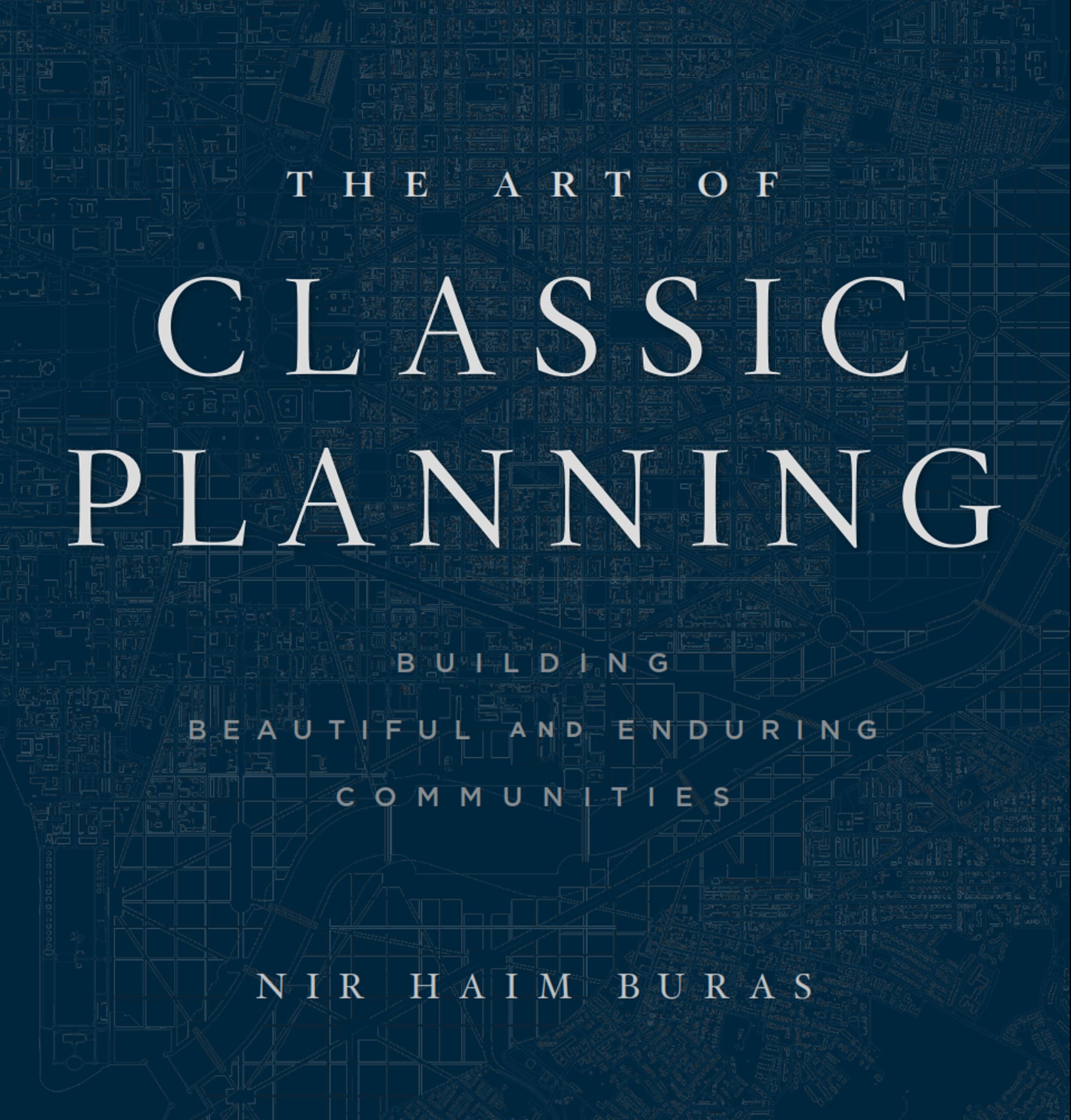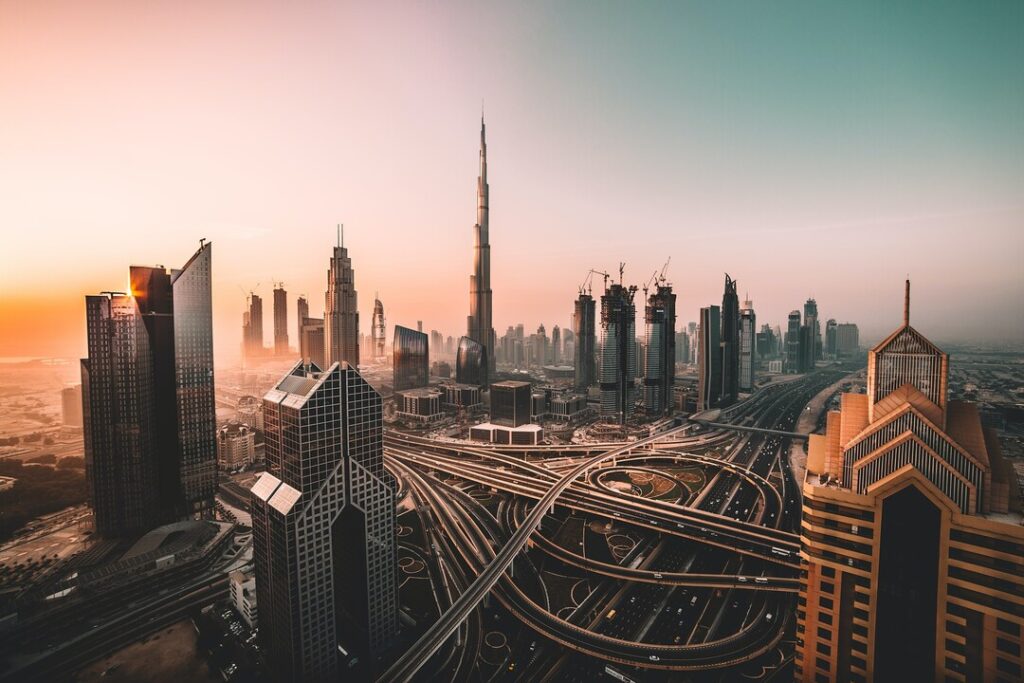
The Three Worst Mistakes in Planning Our Cities
Part one in a three-part series on the worst mistakes we make in urbanism today by Nir Buras and Milly Main.
1. If you forget genius loci, you’ll be eaten by alligators
No two places on earth are the same. Each location has a unique character — whether our city sits on the muddy island of a river like Paris, or on the border of a tropical marshland filled with alligators, like Miami. It is obvious that the climate, topography and physical features of a place give it a particular feeling and make different demands on humans. If we are to capitalize on the natural environment and adapt it to suit the needs of our settlement, we must respect the genius loci, the ‘magic of place’.[1]
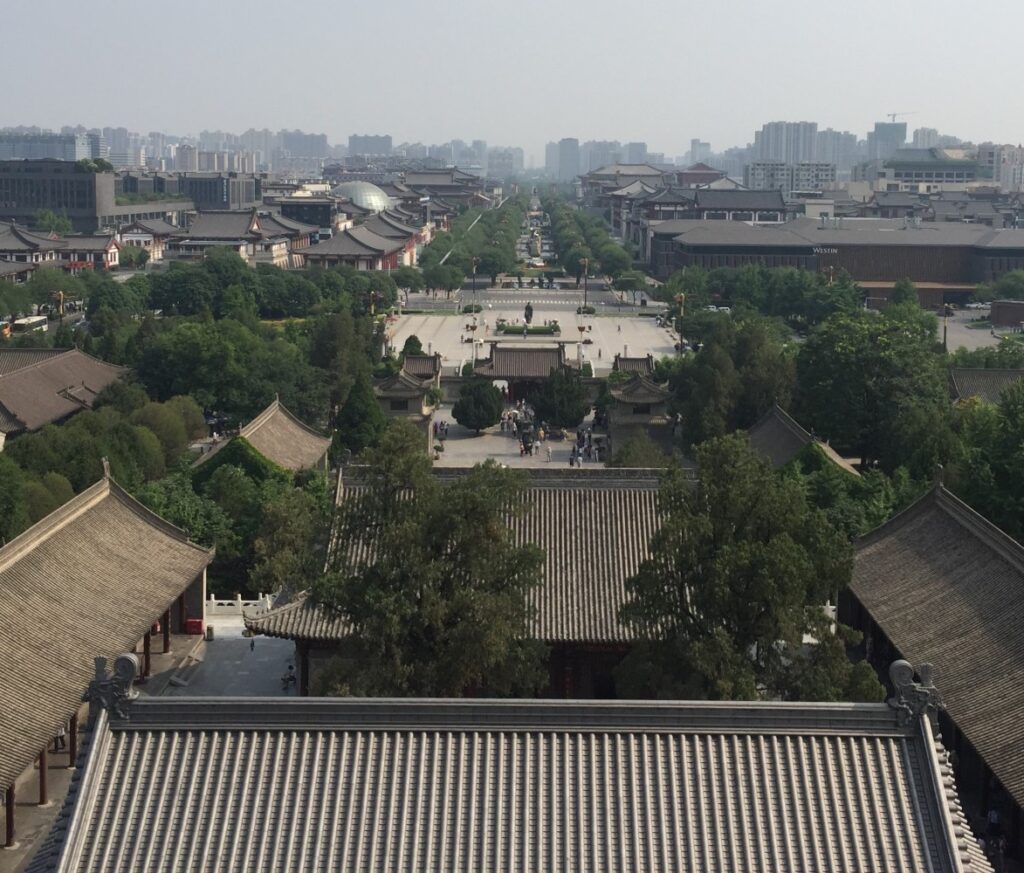
An example of good respect for genius loci is in the traditional plan for Xi’an, China, which was designed to take advantage of the position of the nearby mountains as a natural protective barrier and configured directionally to maximize light and wind direction. Genius loci ensures harmony between nature, the built environment and people.
Neglecting or abusing genius loci, on the other hand, risks creating fragile cities that will not survive. Like in life, if you don’t behave appropriately for an event or circumstance, you might get hurt. If you jaywalk on a freeway, you put yourself at risk of getting hit by a car.
History provides many examples of cities that perished or teetered in this way — like the ancient city of Angkor Wat, which grew too large for its population, compromising its sophisticated system of canals and reservoirs, which could not survive persistent droughts. Or the more modern example of Cleveland, where the Cuyahoga River caught fire at least thirteen times due to urban, political, and economic dysfunction.


Unfortunately, most planners do not practice applied urban design with an emphasis on genius loci, despite the proliferation of efforts focused on ‘sustainable futures’ and urban vibrancy. Abstract theories both overcomplicate urban planning and fail to identify the most important source of a healthy and just city. When we get genius loci right, our cities flourish as sustainable centers of culture and commerce. If we get it wrong, we may be eaten by alligators.
2. Design a city for vehicles and you’ll feel like you’re surrounded by lions
The second mistake municipalities and state governments make is giving equal or principal control over city planning to traffic engineers. Handing over the reins of urban design to traffic engineers — who are trained to pursue the efficient movement of vehicular units from point A to point B — guarantees that your city will be hostile, ugly, and unsustainable.
Apart from the fact that most efforts to make traffic more efficient do not work — they just create more traffic, with each new road filling up immediately — the battle to keep up with the needs of growing populations in car-based cities is unwinnable. Furthermore, despite our efforts to increase road safety, many common traffic solutions typically make cities less safe. [2]
Cities should incorporate cars, but their streets should be designed for people—whether they are in cars, buses, baby carriages, on skateboards or in flying cars—rather than for optimizing traffic. Cities should be planned to optimize contact between people, to promote serendipitous and synergistic encounters among strangers and friends.
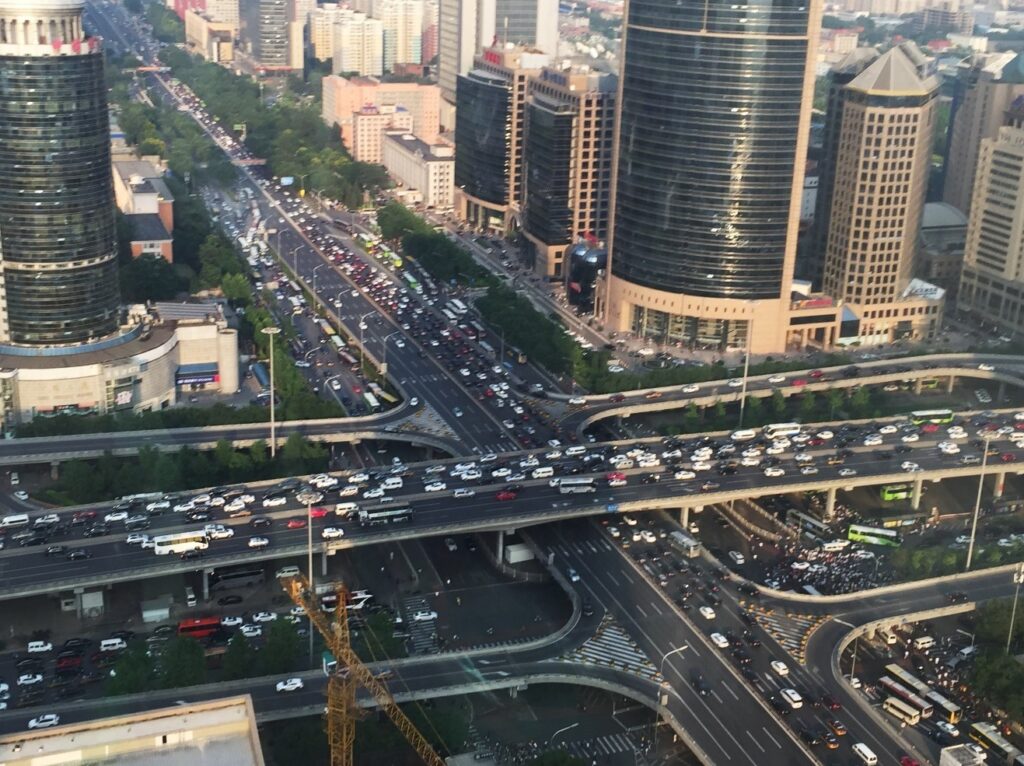
Cities are for idea generation among networks of thinkers, makers, and creatives, for the smooth functioning of commerce, the thrill of incidental love and courtship, the proximity of family, and the rearing of children. Isn’t it obvious by now that designing for cars traffic blocks and frustrates human interaction? That it flings friends and family apart and erects significant transaction costs in the conduct of relationships and commercial activity alike?

Crucially, our thinking at the Classic Planning Lab suggests that the human brain perceives vehicles moving and parked on streets as large animals. They continually activate our fight-or-flight mechanisms and the psychological unease puts us in a constant state of physiological stress.
While the exact process is still to be unraveled, traffic casualty statistics speak for themselves. Apparently, our brains interpret a road roaring with traffic in a comparable way to the spotting of a pride of ravenous and fearsome lions on the African savanna of our ancestors.
Many of the car-based cities of the world are in the midst of a sisyphean struggle with groaning traffic infrastructure. The continuing additions to them only perpetuate an insatiable need for more roads, more freeways, and more of everything else that feeds them. Industrial society has invested so many ‘sunk costs’ into this system that retreating now feels unimaginable.
But cities and states cannot afford to expand traffic infrastructure endlessly. Growing suburbs without limit creates large debt and significant environmental costs. The irony is that the more appropriately dense and walkable a city is overall, the shorter travel times are. So how do we break this infernal chain?

Many well-intentioned urbanists and advocates for walkability and cycling recognise these issues. But the solutions they advocate are typically piecemeal and fail to find traction beyond a small cluster of affluent neighborhoods dominated by professionals. Few politicians would pursue a broad policy of transforming a car-based city to solve these problems holistically — turning Vancouver into Vienna, for example.
In contrast, the CPI’s 100 Year Planning methodology provides cities with a politically palatable ‘off ramp’. Any policymaker or politician bold enough to implement it at scale will go down in history as having changed the trajectory of cities forever. [3]
3. Following planning rules is like wading into quicksand
In most cities, planning rules and zoning regulations are universally loathed by almost everyone that comes into contact with them. Architects and planners hate them. Developers either come undone in an attempt to make an honest profit or game them to extract rents. Navigating onerous red tape and crippling bureaucracy, local residents are overwhelmed by ugly, oversized development that does not respect the local context.
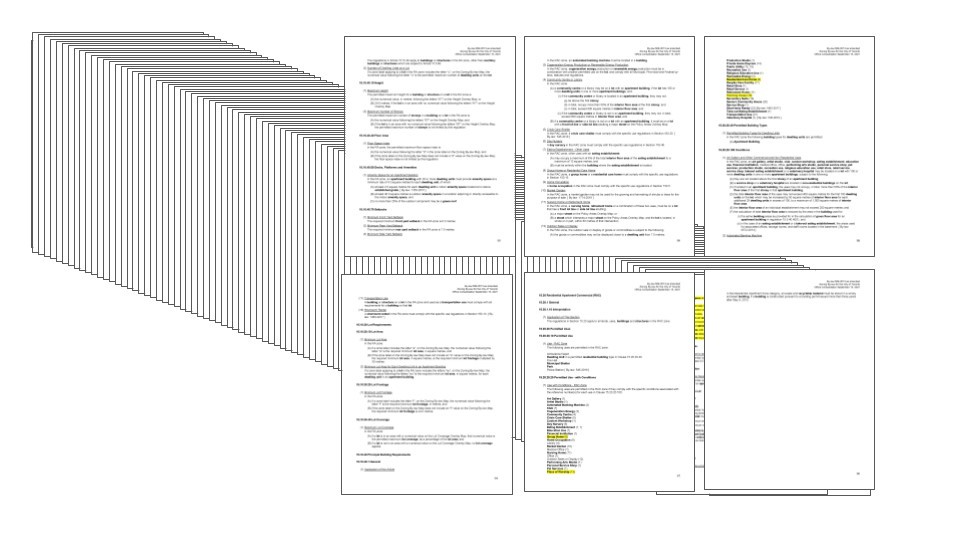
In the attempt to address this regrettable state of affairs, politicians, policymakers and officials around the world tend to either ‘improve’ planning codes by growing them; or they allow radical temporary exceptions to the code to reduce gridlock and increase housing supply. They first add layer upon layer of jargon, rules, regulations, exceptions, strategies, frameworks and principles.
Nuisance-based codes add significant transaction costs and administrative overhead to anyone who has to deal with them. Expanding relative to the amount of principled and well-intentioned civil servants and policymakers in a planning administration, more and more layers are added in an attempt to fix the problem. Planning codes can grow from half an inch thick to six inches thick very quickly.
The second approach is happening right now in jurisdictions around the world under the guise of emergency Covid legislation. In response to the justifiable complaints of developers that there is too much red tape, and driven by the desire to accelerate the economy, the fast-tracking of new development is allowed with special legal mechanisms. The result is the overriding of local planning authorities and the wishes of citizens in order to greenlight high-rise developments.
Such developments compromise the social fabric of an area and often lack almost everything that makes a place good to live in. Indeed, systems theory forecasts that systems which require more energy to sustain than the values they generate eventually collapse. Modern planning systems, which appear to consume more energy to sustain than the values they add, seem to be on a collapse trajectory. They no doubt require significant overhauling and, in most cases, complete replacement — not just piecemeal reworking or ‘patches.’ [4]
The archetypal error of modern planning systems is that use-based zoning creates monofunctional areas. Monofunctional or ‘Euclidean’ zoning is guaranteed to create less humane cities. It segregates cities according to their utilitarian function, creating suburbs where people reside, business parks where they work, and big-box stores and malls, isolated in parking lots, for them to shop in.
The genesis of mono-functionalism was nuisance-based zoning in the United States and the German workers’ housing of the 1920s. Discarding the 5,000-year sum of human wisdom on city building for new and untested pseudoscientific theories of Modernist planning, architects such as Le Corbusier in Paris undertook gargantuan social engineering experiments that forever changed cities. Cities around the world are still planning their cities based on Le Corbusier’s unfounded theories, which proposed to raze the Right Bank of the River Seine and replace it with eighteen identical hostile skyscrapers on what was the Jewish neighborhood of Paris.
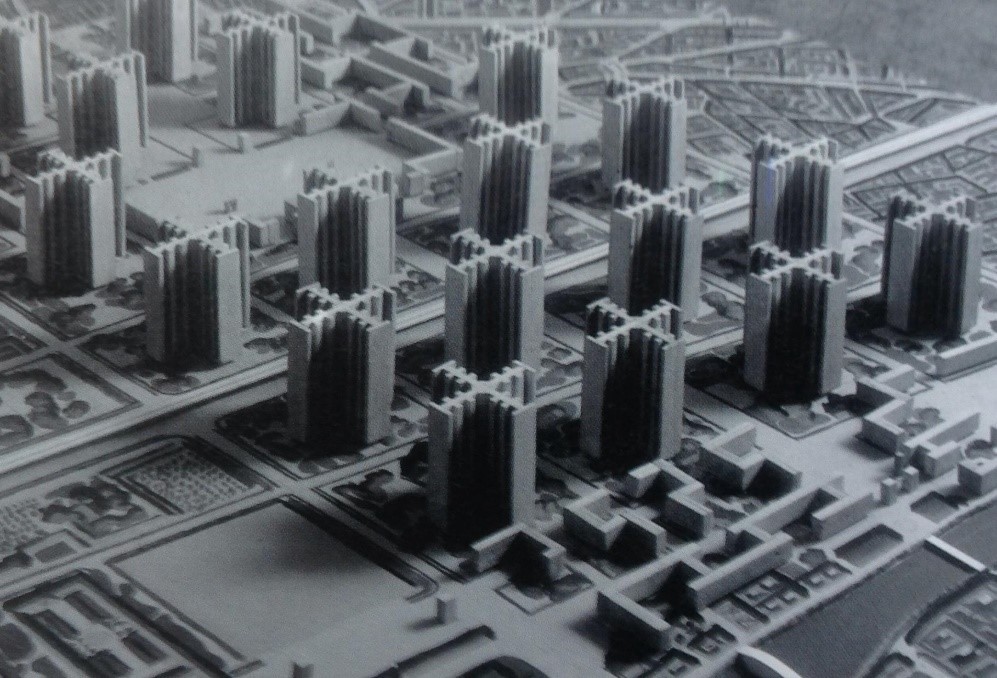
Most planning frameworks in the U.S., Canada and Australia are distilled directly from Le Corbusier’s theories, and these frameworks need to be radically simplified and reinvented with traditional principles. Obviously traditional principles are objectively better and more successful — something you can witness with your own eyes by traveling to Vienna, Paris, Kyoto or Lisbon.
Mono-functional zoning does not work because it is backward-looking. Forcing communities to conform to uses defined in the past, planners have no incentive to, or adequate means of, discerning the aspirations of the community. When things go wrong, reactively changing course based on feedback results in urban and political disarray. Locking cities into plans that cannot work moving forward, they prevent judicious needs-based decision-making.
Significantly, Paris does not use functional zoning. It is one of the most ‘mixed use’ cities in the world, and also one of the most diverse in terms of class and geography. With commercial businesses on the bottom of a building, affluent, middle class, and working-class families, as well as artists and students, occupy the upper floors. In buildings without elevators, the affluent occupy the second floor. In buildings with elevators, the top floors. In a typical Parisian building, everyone shares the same street, entrance, and stairwell. There is genuine social contact, unlike monofunctional and gated communities.
Street Level and the Classic Planning Institute — along with our community of classic town planners and traditional architects — are proposing something radical and wildly ambitious, but deliciously simple, for our cities. All you need for a good city plan is to define the architectural styles, street widths, and the heights in stories of the buildings. The architecture will be local and traditional, the best style of architecture for human comfort and pleasure. The buildings tend to gain higher economic value over time and are preferred by citizens. This approach does not depend on so-called ‘smart’ technology or trendy but untested ‘innovative’ fashions.
The classic planning approach is holistic. It addresses the infrastructure needs of cities, high speed roads, sewers, power, water, waste, and airports. Its methods are based on thousands of years of knowledge about successful city planning, collected in the book The Art of Classic Planning (Buras, Harvard University Press, 2019). After visiting more than one hundred cities around the world, Dr. Buras concluded that there were good cities everywhere. The key to designing them is not mysterious, buried in an ancient manuscript or yet to be discovered by artificial intelligence. It is sitting right under our noses and this should make us glad.
The Classic Planning Institute is a traditional architecture and classical planning academy and consultancy aiming to make the built environment more beautiful, sustainable, and healthy. Street Level Australia focuses on advancing human flourishing in Australia by making the built environment more beautiful.
The views in this article are the authors’ personal views.
Notes: [1] Buras, Nir Haim. The Art of Classic Planning: Building Beautiful and Enduring Communities. Harvard University Press, 2020, pp. xiii-xiv, 146-147. [2] Buras, 2020, pp. 220-234; Barnett-Woods, Bryan, Most efforts to control traffic don’t work. Greater Greater Washington (website), 2 May 2018; Melosi, Martin V., “Traffic and Congestion” in The Automobile Shapes The City, in Automobile in American Life and Society, Benson Ford Research Center, University of Michigan, Dearborn, ND. [3] Buras, 2020, pp. 378-382. [4] Buras, 2020, p. 378, 393, 396-397.
WELCOME!
Get In Touch
Please get in touch with us
to discuss your requirements.
Please get in touch with us
to discuss your requirements.
